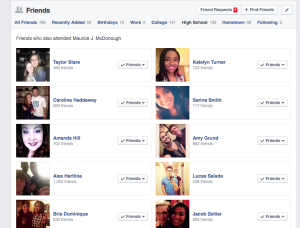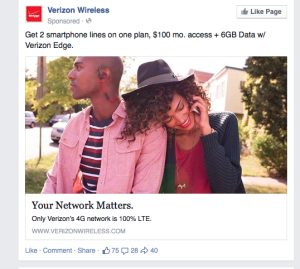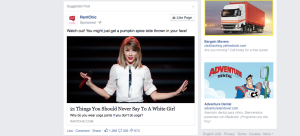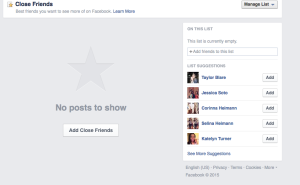Before taking this class, I never gave much thought to how digital media interacted with social divisions or cultures. I used Twitter, Facebook, and Instagram, but never paid attention to how they were used for activism and social justice. The title of the course, Gender, Race and Labor in the Digital World interested me, but I was not sure what it would entail. I can definitely say that my mind has been opened to a wide range of new ideas because of this course.
Unit One, Play, Power, and Privilege, was one where I had no previous knowledge of the content we learned. Video games were never really of any interest to me, so learning more about how they affected society was eye opening. My favorite part was learning about the damsel in distress trope. I always knew that females were the ones being saved on video games, but I never knew that there was a community of women trying to get that to change. Women were being portrayed as weak, and video games should not be doing that. I enjoyed talking about how video games are evolving and how women are a bigger part of that change. It was a new experience, learning about Gamer Gate and the stereotypes that surround that environment.
Unit Two, Social Media and Social Justice, was one of my favorite units because of my own personal experience with it. I am a fairly active user of Twitter and Facebook, so talking about them in depth and what social environments they create were really enjoyable. My favorite article was on the filter bubble. I always noticed that Facebook gave me advertisements of things I had recently bought, and I never knew why. Hearing everyone’s experiences was great and I never thought how these filters could compromise creativity and restrict your mind to a limited amount of viewpoints. Now I can be aware of this and use different search engines that do not filter information. Then again, the filter can also be a good thing because the Internet is so vast. So it was interesting to debate on if the filter was helpful or not.
Unit Three, Digital Activism, was mainly about Twitter and how it allowed people to become activists and speak their minds. I never thought about activism on Twitter before, so I loved the conversations we had about different hash tags that people used to get their opinions across. I enjoyed being able to pick my own hash tag to analyze and pick apart. I really like Suey Park’s lecture as well. It was cool to be able to be “face to face” with a real Twitter activist and hear about what she did to make a difference.
Unit Four, Imagining Transformations, was definitely the unit where I had to use the most creativity in coming up with a new invention in terms of its effects on society. Compared to some other people, I actually enjoyed watching Sleep Dealer and analyzing the characters and what everything meant in terms of society. I also think the Feminist Phone Intervention was a crucial part of this unit because it helped show other ways in which activism works.
This class helped me see the world in a whole new light. I never realized how important the digital world was in making changes that impact everyone. I am now convinced that even I can contribute to something I believe in with just one tweet. I know now more about how the vast Internet works, from learning about the filter bubble, and how hash tag activism works as well. I truly enjoyed participating in class discussions and being able to voice my opinion without judgment. As I move forward, I want to be able to do more things in my classes in terms of the digital world and coming up with new ways to impact social change. From the beginning of the class to the end, I learned more and more about what you can do with the Internet and how it impacts race, labor, and gender.



